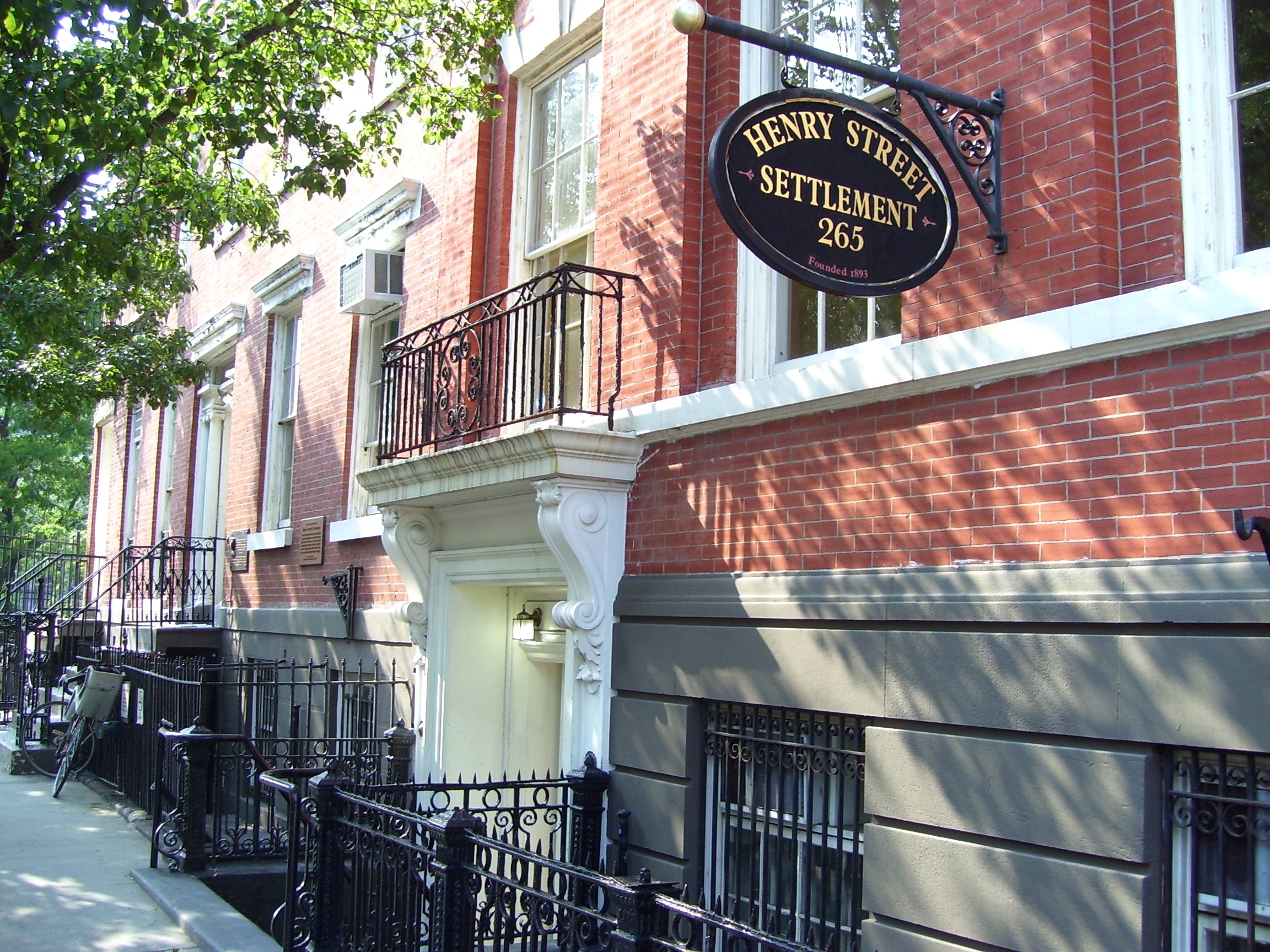
A nursing student tends to an infant on Blackwell’s Island, 1916.Source.
Lillian Wald lived on the Lower East Side of Manhattan in the 1890s. She was concerned by the dreadful living conditions of tenements and observed that these conditions were leading to the spread of disease among living quarters. She said, “Over broken asphalt, over dirty mattresses and heaps of refuse we went... There were two rooms and a family of seven not only lived here but shared their quarters with boarders... [I felt] ashamed of being a part of society that permitted such conditions to exist... What I had seen had shown me where my path lay." As a young nurse, she felt the need to make a change.
Wald opened the Henry Street Settlement in 1895 with the aid of the funding from philanthropists. The Settlement provided health care and social services on a sliding fee, English-language instruction and a visiting-nurse program. The visiting-nurse program sent a nurse to an ill patient’s house. By 1913, the program had over 90 nurses making 200,000 visits a year. In 1915, Wald published a book about her life’s work, titled The House on Henry Street, and dedicated it to those who helped her establish it. It is widely read and is an inspiration for all.
The Settlement is still in service today.
During the two decades of the existence of the Settlement there has been a significant awakening on matters of social concern, particularly those affecting the protection of children throughout society in general; and a new sense of responsibility among men and women...- Lillian Wald
Some have found the Settlement [to be] an opportunity for self-realization...All of us who have worked together have worked not for each other but for the cause of human progress...- Lillian Wald
